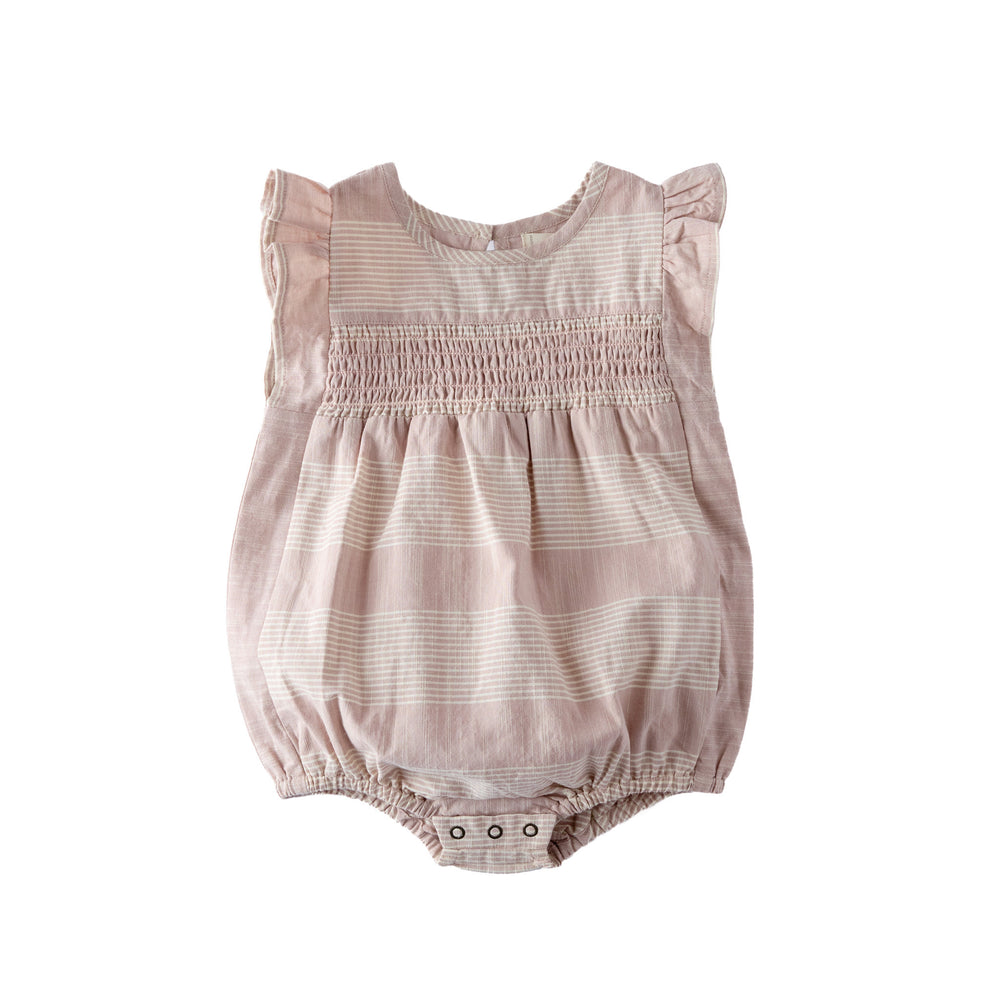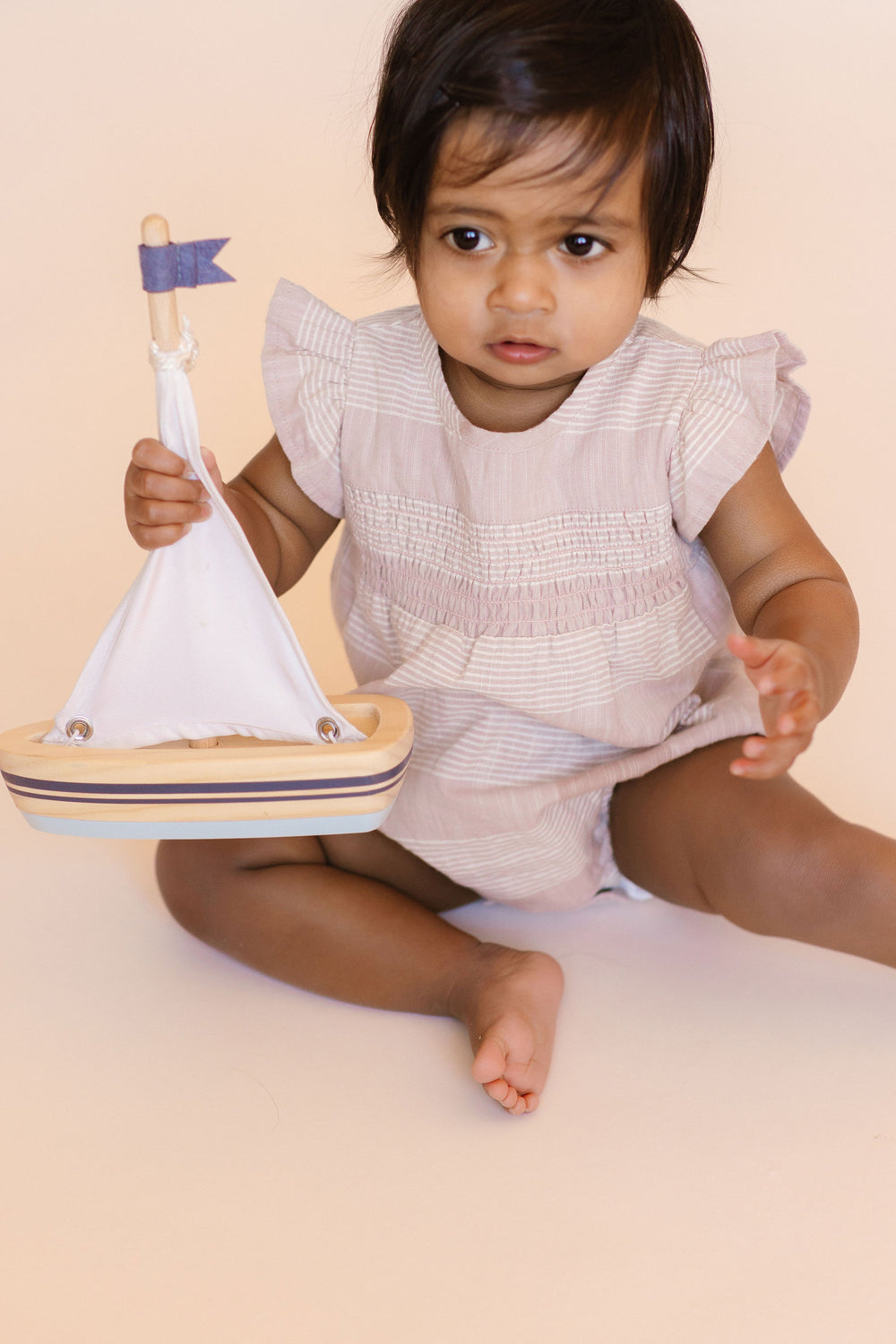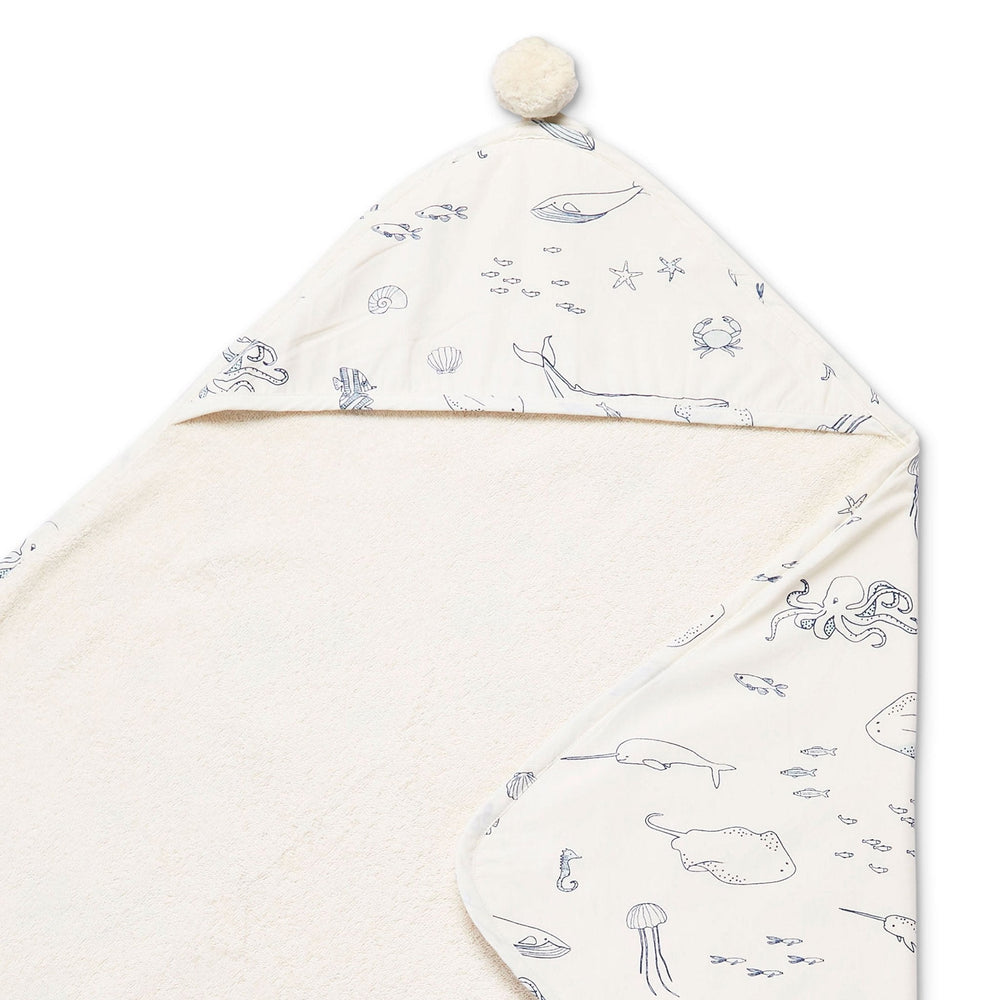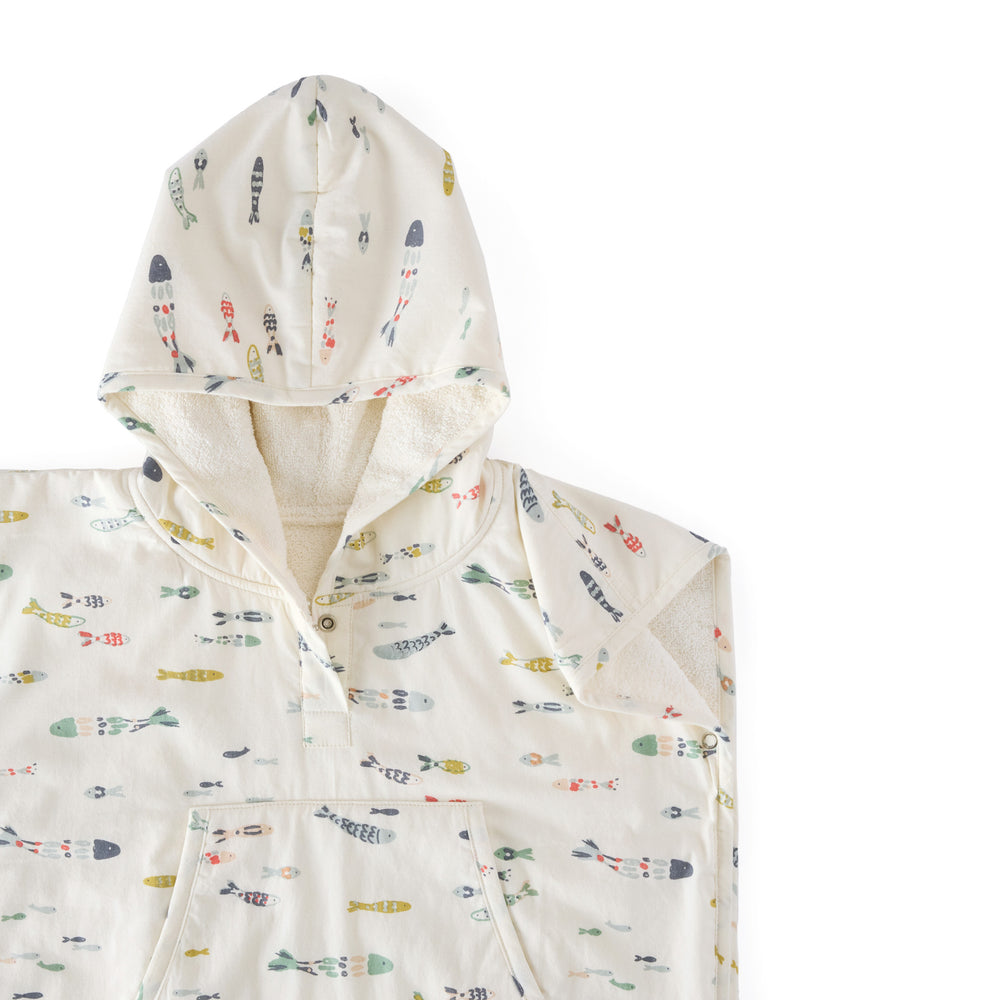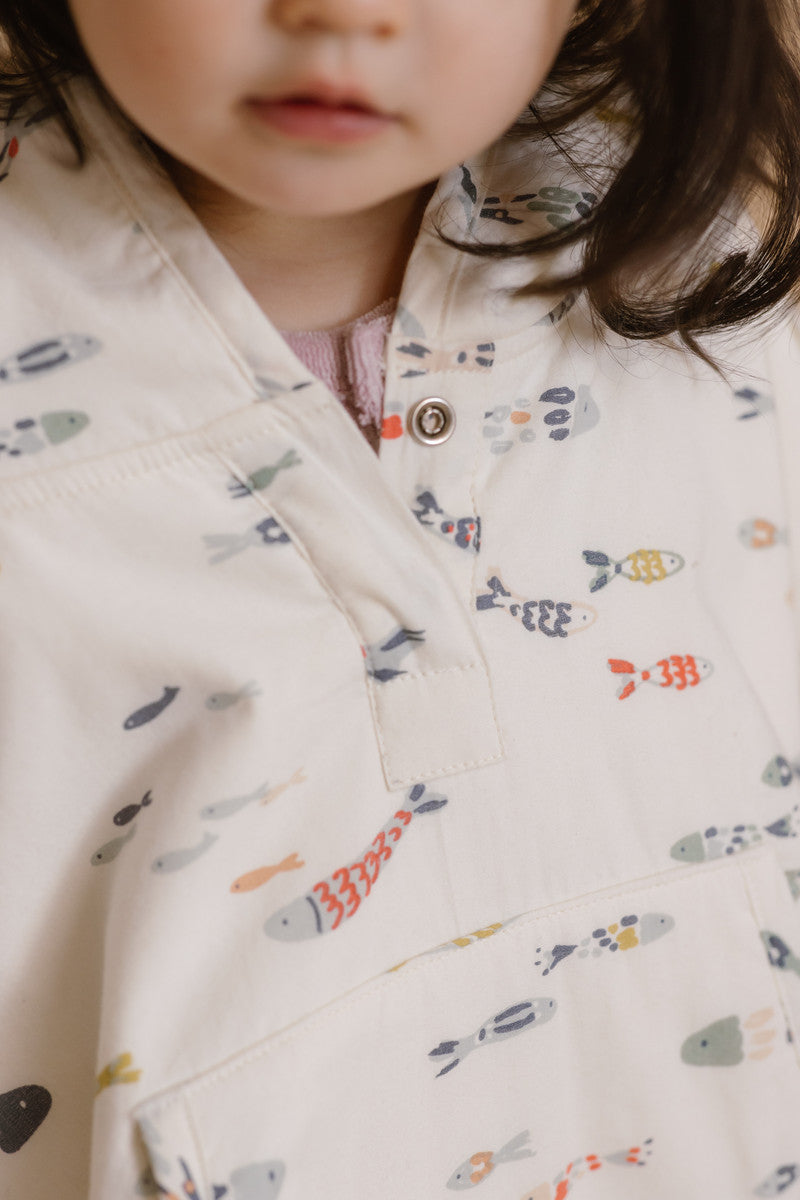Introducing Baby to Swimming
The best way to introduce your little one to swimming is to start young. Even if baby’s first swim doesn’t happen until they’re officially a toddler, that’s okay too! The key is to get them comfortable in water early and frequently. Whether you’re one-on-one at the beach or start out in a class for babies first swimming lesson, here are all the ways you can prepare. Read on for our top 10 list of how to teach a baby to swim tips and tricks and your little one will be swimming like a fish in no time.

Baby’s First Swim
Most pediatricians recommend waiting until at least 6 months for baby’s first swimming lesson, since chlorine in pools can be harsh on an infant's delicate skin and their developing immune systems.
Here are our best how-tos on teaching baby to swim to set your little one up for success:
- Introduce swimming early. It’s easier to get your little one familiar with water between 6-12 months before any fear sets in. They’re more likely to splish and splash without fuss. Some toddlers may be a bit resistant at first, but starting swimming lessons any time before the age of 4 is considered early. When baby's first swimming lesson is in a heated pool, they’ll find it more welcoming than a cold lake or ocean.
- Make the most of bath time. This is your little one’s first experience with water. You can get them used to the feeling by gently pouring water on their head or rinsing their face using the showerhead, laying them on their stomachs while you support them. You can also try holding them against your chest or on their backs to get them familiar with floating.
-
Practice water safety. You’ll always need to watch your little one closely when they’re near water. Even in shallow water near a pool or beach, the safest thing to do is never leave your little one unattended and always have them in a well-fitted life vest for their weight. If you’re spending the day swimming outdoors, remember to practice sun safety too. The American Academy of Pediatrics recommends children as young as 1 can benefit from learning lifesaving water safety and swimming skills.
- Swim class is social. Babies and toddlers don’t learn how to swim on their own at this age. Baby’s first swimming lesson is really an opportunity to socialize with other parents and kids while getting your little one comfortable in the water. Parent and tot swim classes are one of the most beneficial family activities for play time, plus it’s a year-round physical activity that’s good for everyone’s health.
- Arrive early and be flexible with expectations. Infant and toddler swim classes are usually 30 minutes. Since everything takes a bit longer with a little one in tow, give yourself buffer time. We recommend baby swimming lesson tips like letting your little one decide their comfort level (sometimes they may refuse to join in and other times they’ll be excited to get soaked and splash about). Try offering fun ways to get them engaged in the water. Most pools have colorful water toys, floating balls and even bubbles to distract and soothe hesitant swimmers.
- Pack all the swim essentials. Bring a swim diaper, regular diaper, towel and change of clothes for your little one in a washable pouch or bag. Swim diapers are not leak-proof so remember to keep your diaper bag stocked with a few extras for after class. Bring a towel for yourself and flip flops for the locker room in a canvas tote, along with something easy to put on like a relaxed-fit caftan. Don’t forget a plastic bag for your wet swimsuits and towels. It’s a good idea to have extra snacks on hand for after class too, and their favorite lovey, toy or book for the drive home.

Hooded Poncho Towel - Botanica
- Protect your little one’s skin. A lot of therapy pools use a lower concentration of chlorine mixed with salt water for baby swim classes. The best tips for changing baby after swimming are first to rinse off as soon as you leave the water (with soap if possible) or have a bath when you get home. Moisturizing with a gentle lotion will help their skin recover from any irritation or dryness from chlorine.
- Prepare for the changeroom. Juggling an infant or toddler on one arm and trying to get them changed is a balancing act you’ll quickly master. Tips for changing baby after swimming depends on your little one’s age and ability. Bring a changing pad to lay infants down on the bench (if there isn’t a changing table in the locker room) and then put them down in their car seat or stroller. Toddlers can stand while holding on to you (try pull-up diapers for after swimming and a hooded poncho towel to keep them warm before changing them into loose, lightweight clothing).
- Get them in water often as they grow. Little ones need frequent experiences to really embrace swimming. When baby's first swimming lesson takes place in infancy and early toddlerhood, they’ll get comfortable with the sensation of being immersed in water and are more likely to fall in love with swimming. Even young children can learn to grab onto the edge of the pool or roll onto their backs and float in case of an emergency. This helps build confidence and will translate to more advanced swim skills down the road.
-
Observe and react. You may face some tears at some point. Whether they’re overstimulated, too tired or hungry or just not in the mood, be proactive and don’t push them too far outside their comfort zone. There’s nothing wrong with leaving a few minutes early or giving them a break to watch their classmates splash about.
Takeaways
Introducing your baby to swimming early on has long term benefits. Infants and toddlers will gain basic motor skills like kicking and paddling before they are ready to learn to swim on their own. We hope these baby swimming lesson tips inspire you to get your little one’s feet wet, take a dip together in a swim class and watch them transform into water babies right before your eyes.
Frequently Asked Questions
Qualified instructors should be CPR and First-Aid certified and trained to teach swim lessons through a recognized program like the American Red Cross or YMCA. Look for a small teacher to student ratio so there are 8 or so kids for every instructor. The class should focus on pre-swimming skills like blowing bubbles, putting their face in the water, kicking and learning to float.
Enroll your child in swimming lessons between 6 months and 4 years old to get them acclimated to water and teach them life-saving water safety skills. Most pediatricians recommend waiting until your baby is 6 months old or older and can hold their head up on their own.
Babies are more susceptible to bacteria and viruses in water so most recommendations advise against dunking their heads until they are older.




